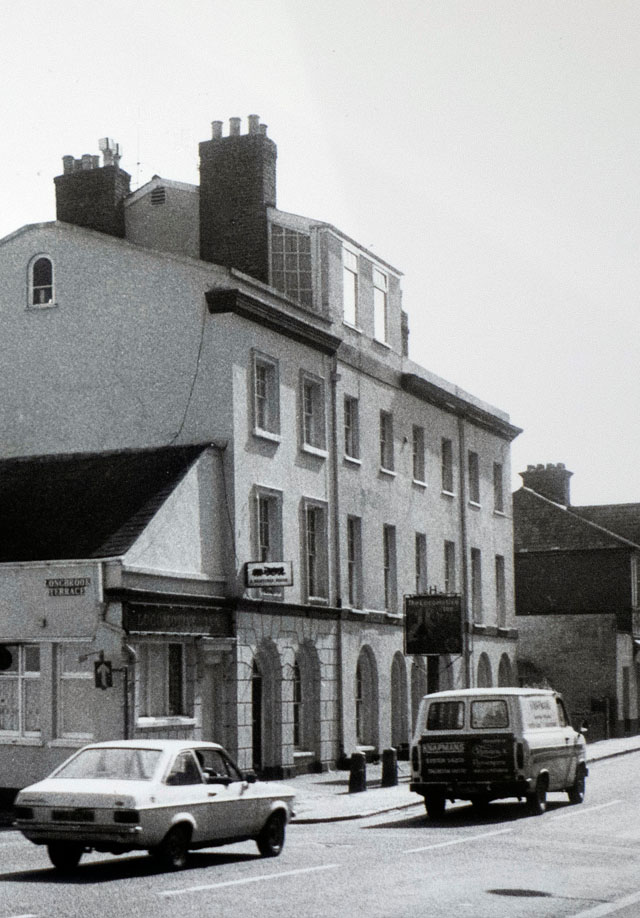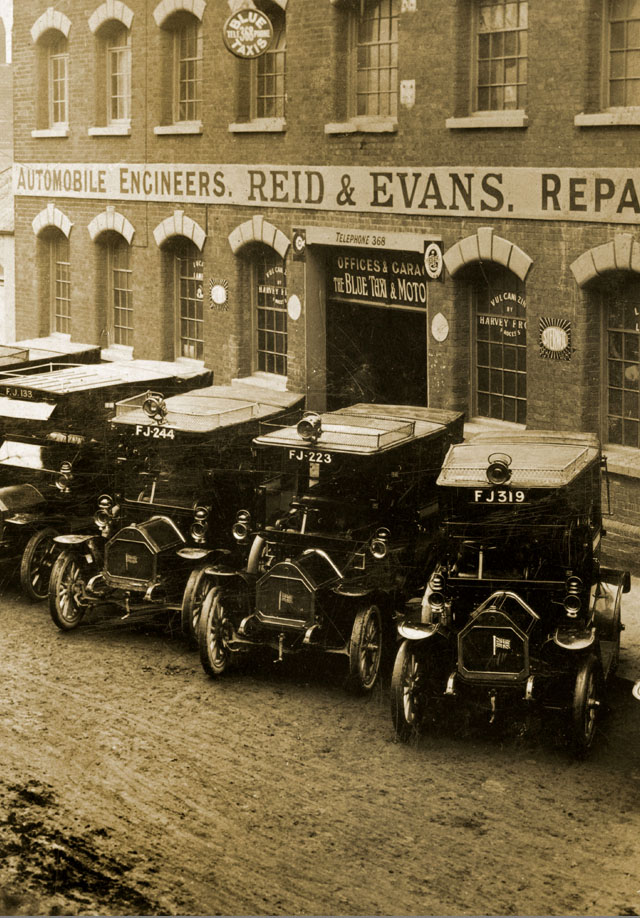Researched by Heritage Advisory Group
For centuries traffic entering or leaving Exeter from or for North Devon travelled through the North Gate and up St David’s Hill. In 1830 local authorities began planning how to improve safe access for heavy traffic through and out of the city. This included lime and coal carts as well as the timber wagons and stage coaches. Timber wagons normally had eight horses and could be one hundred feet in length while there were often a string of seven or eight lime carts. The traffic was increasing in the early 1800s and the city needed to modernise traffic flow through its medieval streets.
The solution took three forms during the early 1830s including erecting the Iron Bridge in 1835. A second scheme was the creation of another exit and entrance by breaching the city walls. Thus, Queen Street was created in 1834 by demolishing buildings in High Street and cutting through their back gardens to the ancient city wall. Shortly afterwards, this street was named after Victoria who had, by then,
succeeded to the throne. Queen Street was carved out of Exeter’s ancient fabric, it improved the flow of traffic and provided direct access to the city prison which until that time was isolated outside of the centre of the city.
Queen Street was later extended to New North Road which was a third means of improving the flow of traffic on the north of the city. This road was also created in the early 1830s, a decade before the building of St David’s Station which generated even great amounts of traffic. It brought pedestrians, horses, carriages and wagons from the old East Gate around the city and up the river valley towards Tiverton and Crediton. Several different routes had been considered in the fevered discussions amongst the members of the public and the Commissioners of Improvement. They were ridiculed by one observer as ‘Messrs. Fig, Chip & Ipecacuanha (an emetic drug)’.
One objection in 1833 to the proposed line of New North Road was that it would run near the cholera burials of the year before in Bury Meadow. One journalist commented that the Improvement Commissioners were warned of: ‘the probable reintroduction of the cholera, as it goes within a certain distance of the cholera funeral ground whence the pestilence would ooze out in the water which that ground notoriously contains’.
The city was already in the midst of rancorous debates about the building of a city market and eventually, in 1838, the Higher Market was built on Queen Street. The street would become the city’s Victorian showpiece with the building of the post office, museum, second railway station, Victoria Hall and the Rougemont Hotel.
New North Road, the line of which was finally decided as running from the New London Inn at the eastern end of High Street to St David’s Church, was being completed in 1834. One observer praised the city’s new pavements, new sewers, new water courses, new streets and new markets. Cholera had necessitated some changes but Exeter had embraced its Age of Improvement.
During the construction of the road, workmen were charged with assault: they had demanded beer money from wealthy travellers who insisted upon using the unfinished road. It was opened to the public on 28th July 1834.

